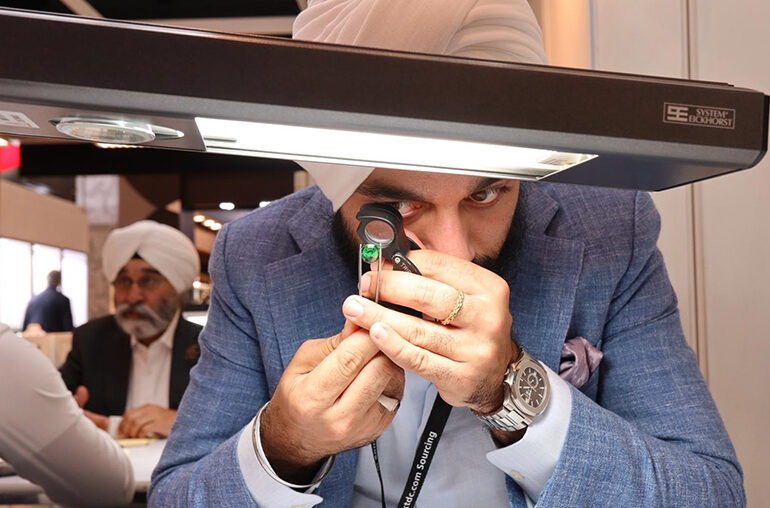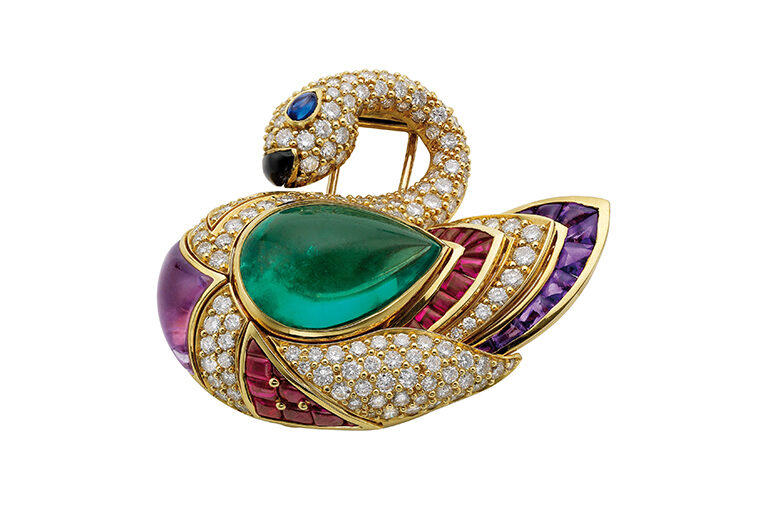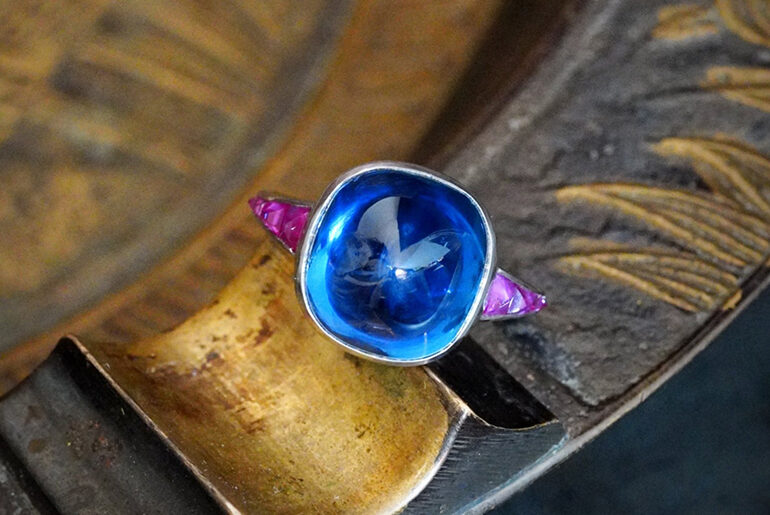In this series, we ask gem lovers: If you were to die and could come back as a gem, which one would it be, and why?
“Hands down, a Brazilian Paraiba tourmaline. The story… of this gem has been an exciting part of my career, as I’ve had the opportunity to handle some of the most spectacular material from these deposits and witness global markets appreciate this incredible gem, and subsequently see capital appreciation in the material itself as well. This is simply a gem that makes me feel good. I’d swim in those neon greenish-blue tones forever if I could,” says Dave Bindra.

Bindra, a Gemological Institute of America (GIA) graduate gemologist, is vice president of operations and head of acquisitions at his family’s business, B&B Fine Gems, which sources gemstones globally while helping independent jewelers and couture houses curate their collections. He is a colored-gemstone specialist with more than 15 years of experience in sourcing, cutting and recutting fine and rare colored gemstones.

Discovered commercially in 1982 in the Brazilian state of Paraíba — although new geographic sources provoke ongoing conversations about the use of the name “Paraiba” — this rare variety of elbaite tourmaline derives its saturated, neon blue (think Windex), green-blue and green hues from traces of copper, while manganese brings tints of reddish violet to violet. Copper colors other gems (most notably turquoise), but it’s not a colorant in any other tourmaline, further adding to Paraiba’s rarity factor. Custom-cut due to the rough’s high value, it is rare to see this electric gem in sizes exceeding 1 carat. When it comes to Paraiba, the phrase “size matters” is irrelevant because color is king.
Main image: Dave Bindra. (Dave Bindra)





Comments are closed.